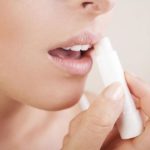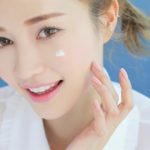During prolonged hot and sunny days like today, many people, especially women, cannot forget about sun protection. If you don’t apply sunscreen, you should at least wear sun-protective clothing, a face mask… when going out to protect your skin from harmful UV rays.
Sun-protective clothing plays a crucial role. DS Khue Vu (working in Hanoi) said that alongside sunscreen application, physical protection methods are still prioritized to ensure maximum sun protection effectiveness.
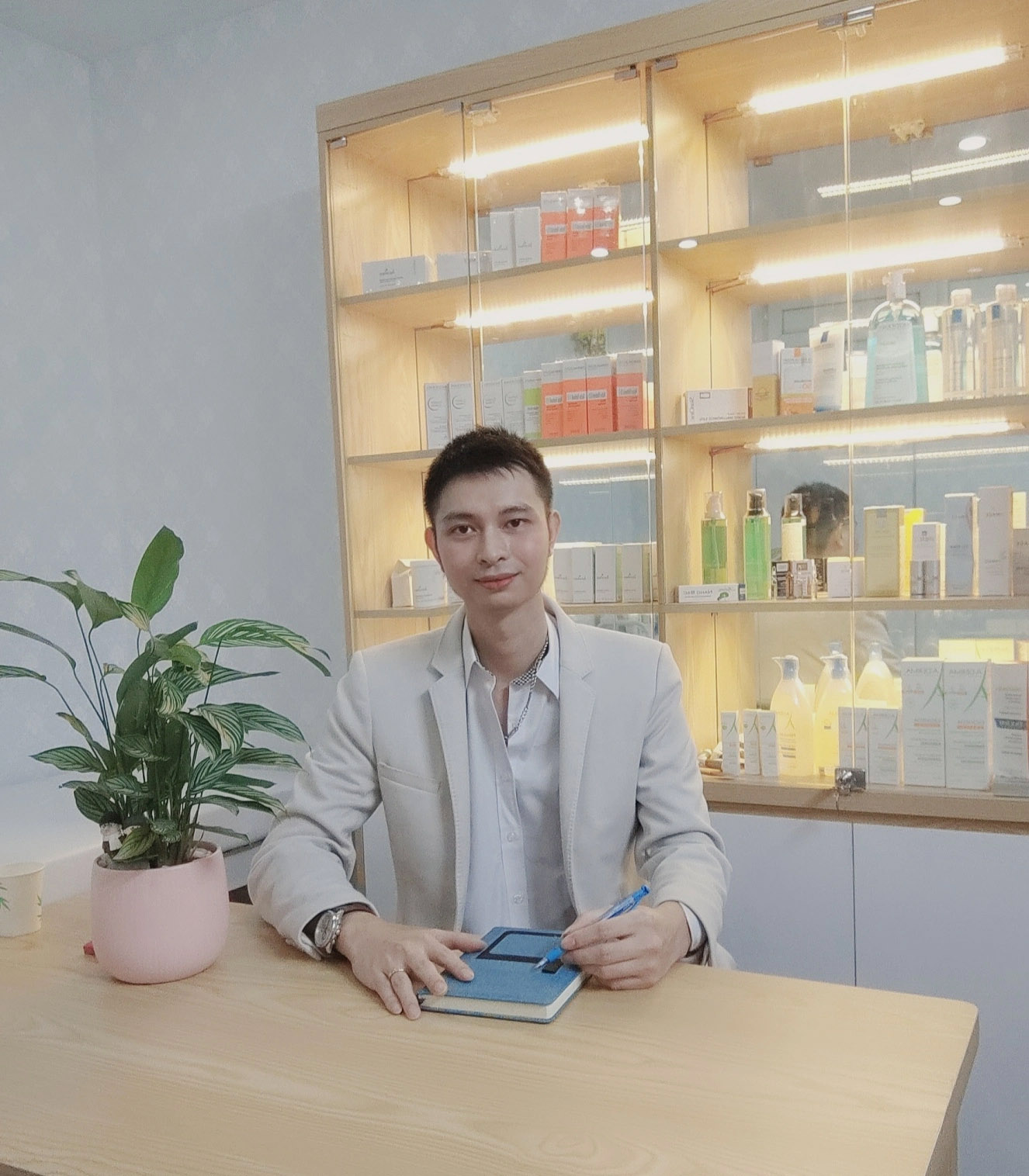
DS Khue Vu shares the criteria for choosing proper sun-protective clothing.
But do you know how to choose the most effective sun-protective clothing against UV rays? Many people think that going to the market or shopping online and buying any sun-protective clothing can sufficiently protect the skin from UV rays. Many women only pay attention to whether the clothing looks beautiful, trendy, aesthetically pleasing or not?…
DS Khue Vu asserted: “This is a highly mistaken thinking. Because a sun-protective clothing’s ability to block UV rays depends on many factors. If sunscreen has an SPF index as a measure of UV protection, sun-protective clothing also has similar regulations for the index”.
So how do you choose the best sun-protective clothing in the current weather? DS Khue Vu shared that your sun-protective clothing needs to ensure:
1. The fabric used for making sun-protective clothing
“Clothing made of polyester, nylon, denim, wool has better sun protection capabilities than other regular fabrics such as cotton…”, shared DS Khue Vu.
If you are mad about a cotton clothing piece that is airy, has the ability to quickly absorb sweat, the hard-to-avoid disadvantage is that its ability to resist UV rays decreases significantly.
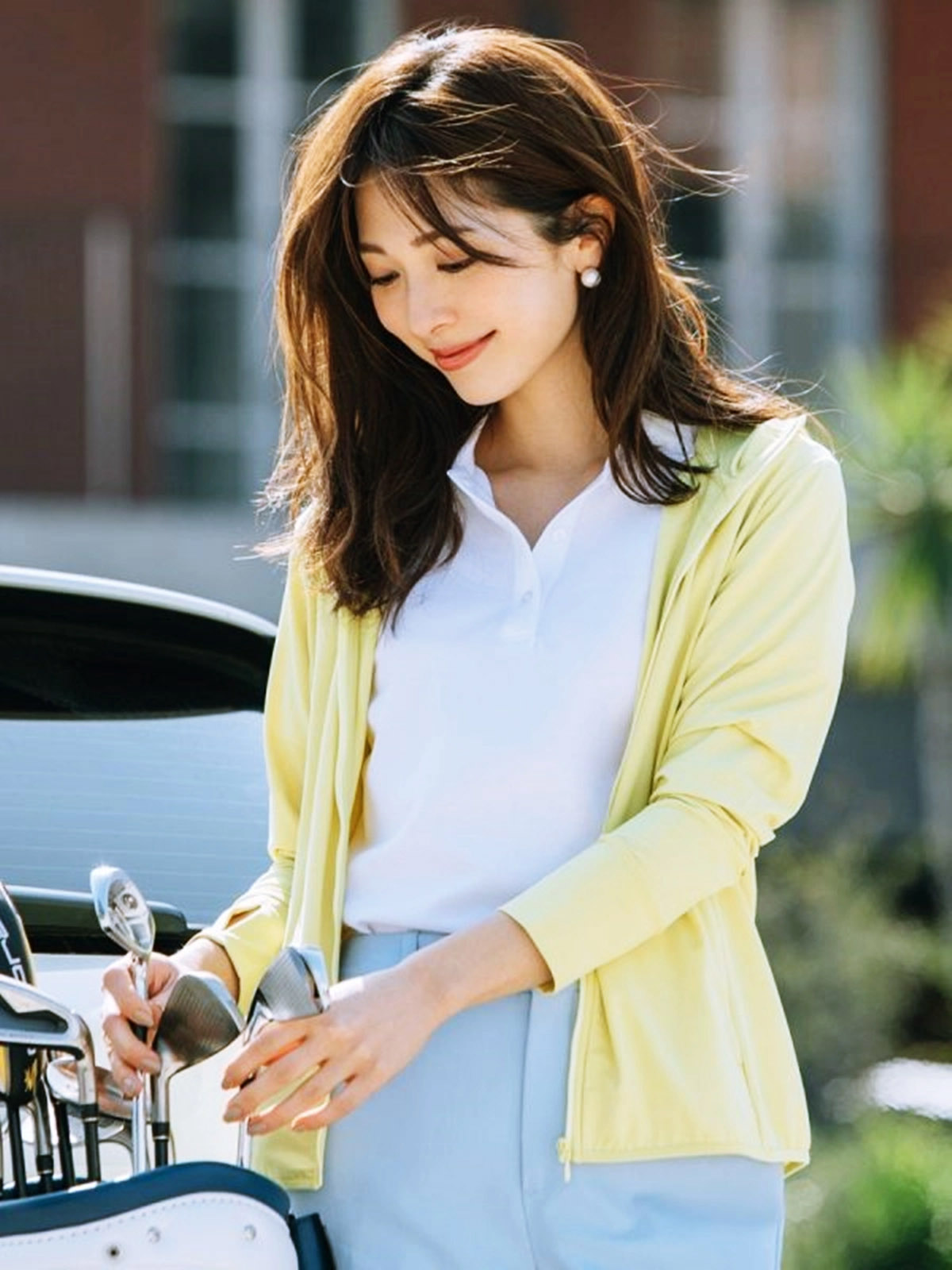
2. The color of sun-protective clothing
Many people still think that bright-colored fabrics are cooler and more pleasant to wear than dark-colored fabrics. So, bright-colored sun-protective clothing has better UV resistance. However, the reality is not that simple.
“Light-colored fabrics such as white, yellow… absorb less heat but have lower UV resistance compared to dark-colored fabrics. Conversely, dark-colored fabrics such as dark blue, red, black… absorb more heat, cause heat and discomfort, but have better UV resistance”, said DS Khue Vu.
3. The thickness of sun-protective clothing
With the same material, tightly woven and thick fabric has better UV resistance than thin and loosely woven fabric.
To check the thickness of clothing, you can hold the fabric to a place with sunlight. If you see the light passing through, UV rays can also pass through and harm the skin.
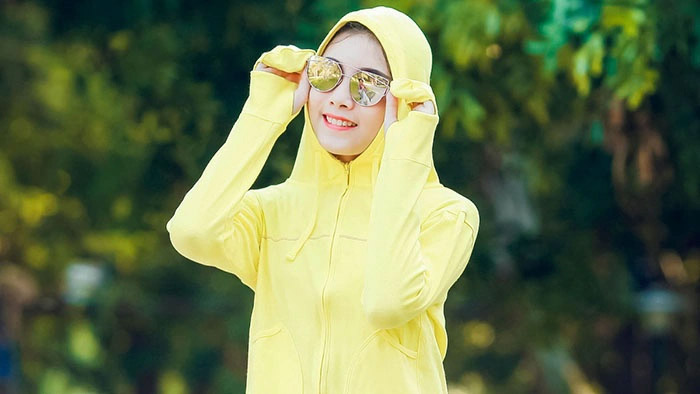
4. The fit – width of sun-protective clothing
Whether sun-protective clothing is tight or loose also affects the ability of UV rays to penetrate. The advice for you is to choose clothing that fits just right, comfortably. If you choose tight clothing, it is easy for the clothing to stretch and create gaps that inadvertently allow UV rays to pass through.
5. Dry or wet sun-protective clothing
Sun-protective clothing that is wet reduces its ability to protect against UV rays, even though it can make you feel cooler. Therefore, when you choose to wear sun-protective clothing, make sure it is dry, avoid getting it wet.
6. Sun-protective clothing with UPF of 30 and above
If you are not sure about the UV protection capability of your sun-protective clothing, the advice is to buy from reputable brands with labels showing UPF indexes of 30 and above.
“Similar to sunscreen with SPF as the measure of UVB protection, UPF is the measure of UV protection for fabric materials in the garment industry such as clothing, masks. If SPF in sunscreen is the measure of protection against UVB rays, UPF indicates the ability to protect the skin from both UVA and UVB rays. The higher the UPF, the better the protection”, explained DS Khue Vu. Specifically:
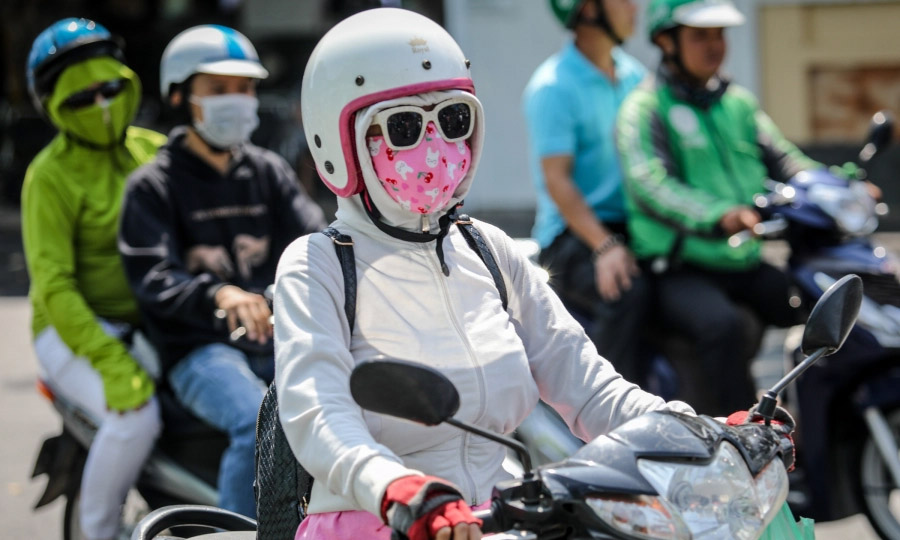
– UPF from 15-24: good protection level around 93-96.
– UPF from 25-39 can provide protection from 96-97.4.
– UPF from 40-50 can provide protection from 97.5-98%.
The expert noted that when going out, wearing sun-protective clothing is a must, but it should be combined with sunscreen application to prevent skin aging.
“To have the best protection when going out in the sun, besides choosing and wearing sun-protective clothing with a UPF of 50, wearing sunglasses, a face mask, you should still use sunscreen. Absolutely do not underestimate sunscreen in the campaign to prevent UV rays from harming the skin,” emphasized DS Khue Vu.
According to PNVN

























